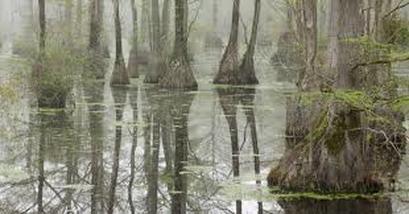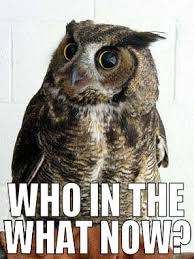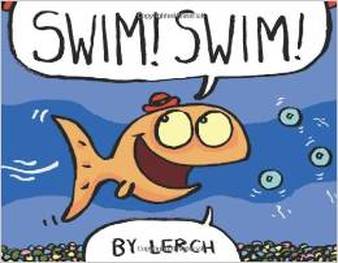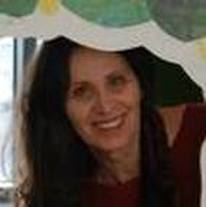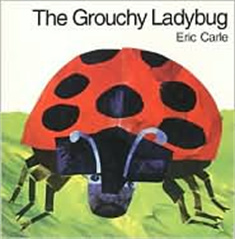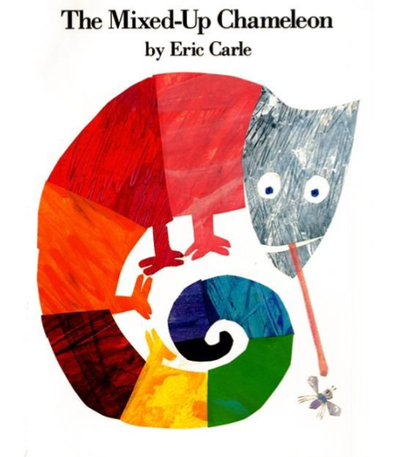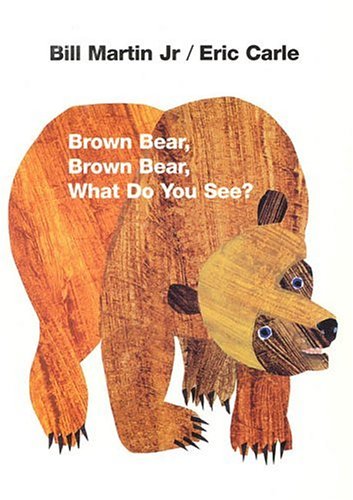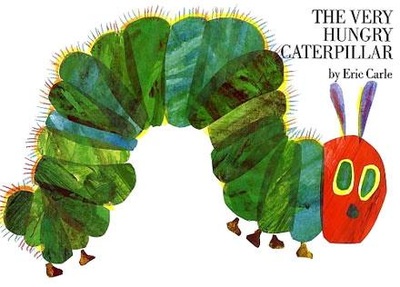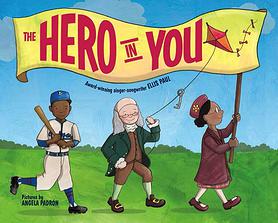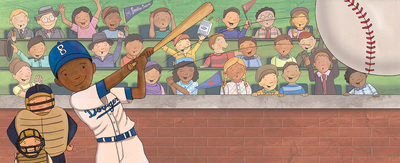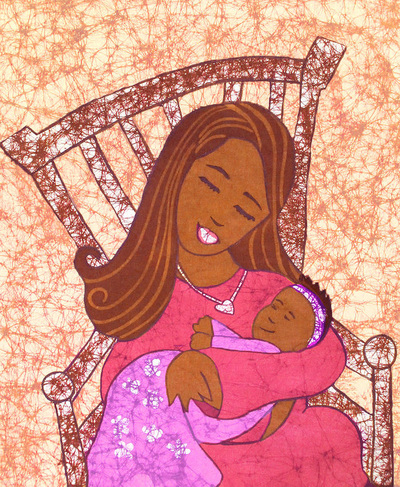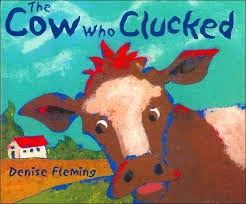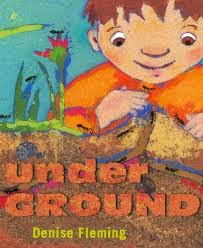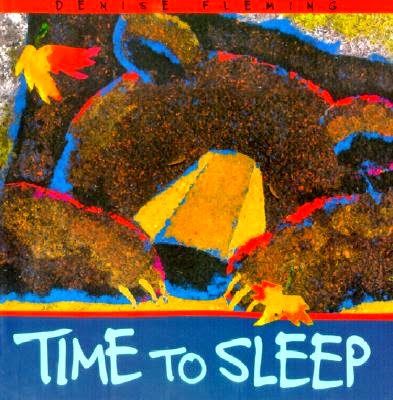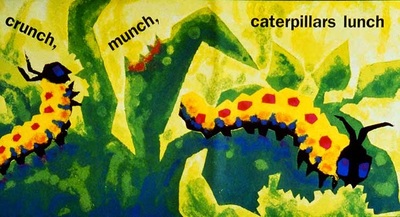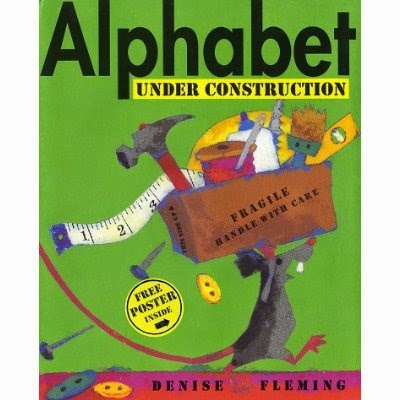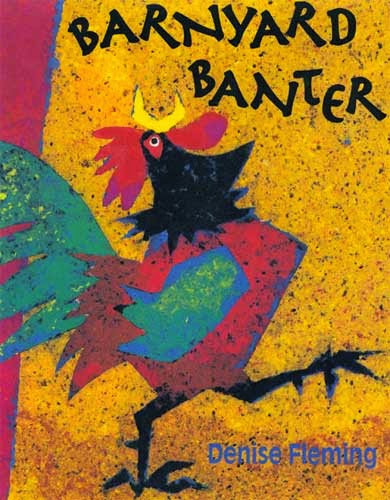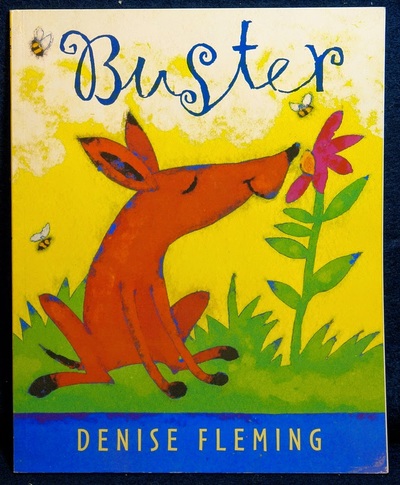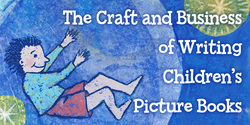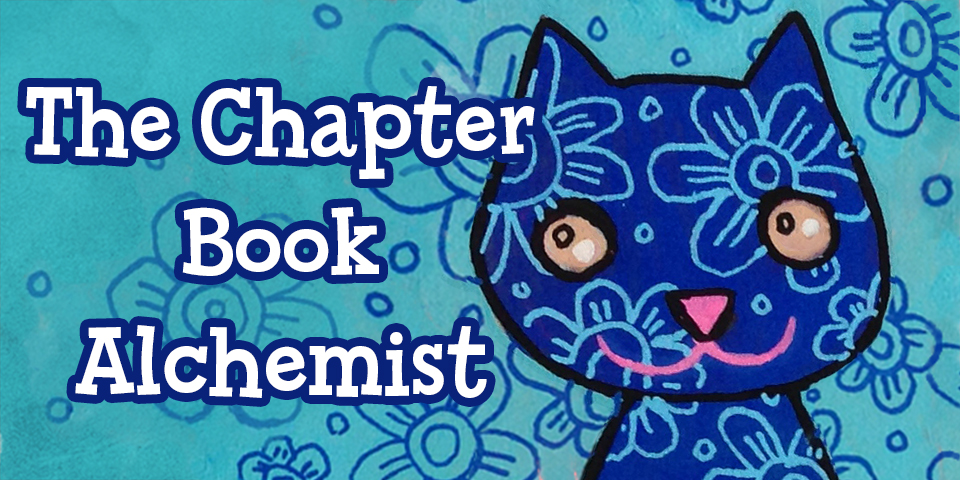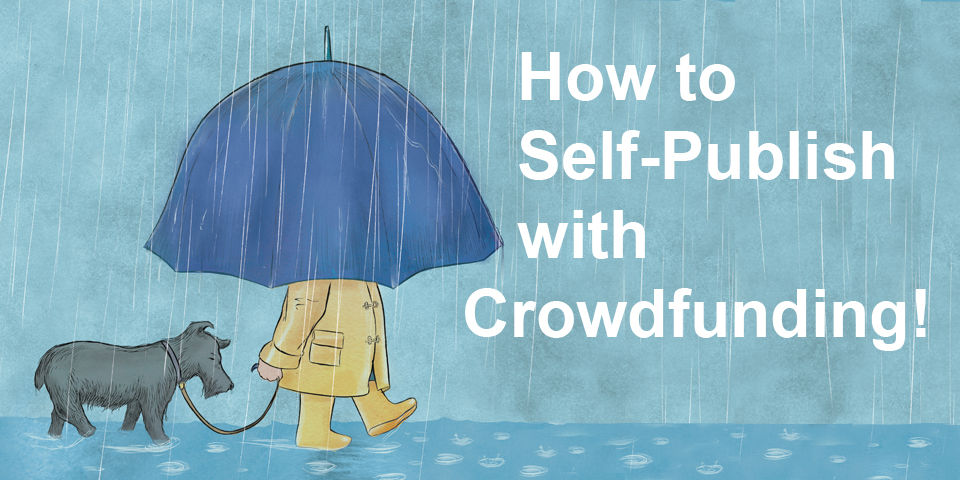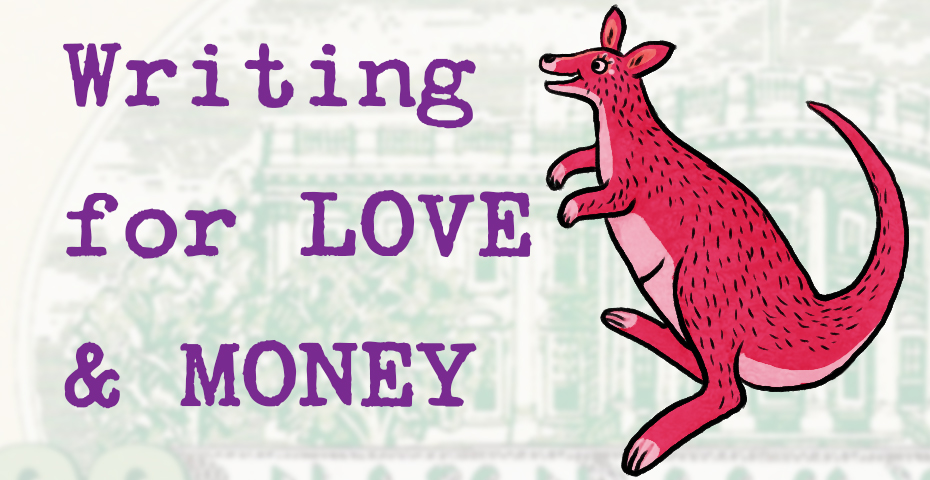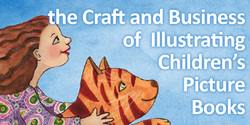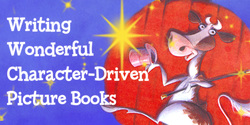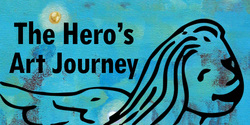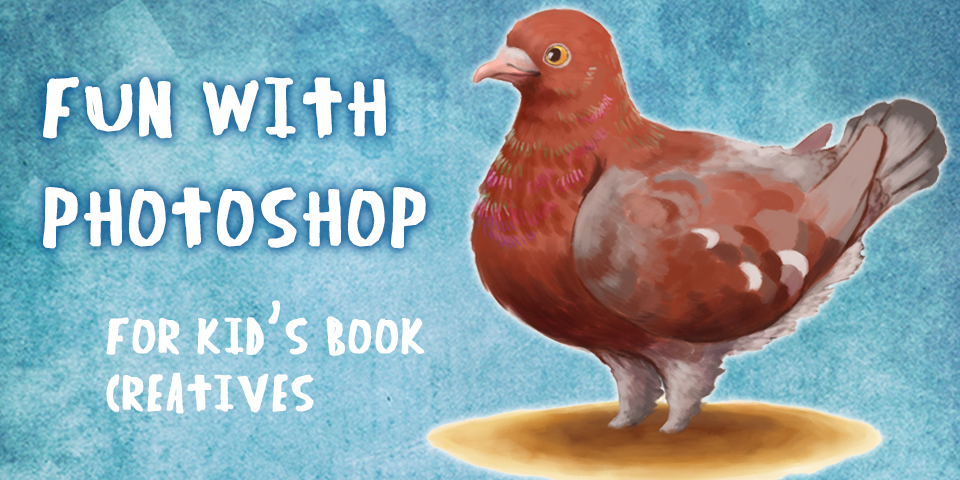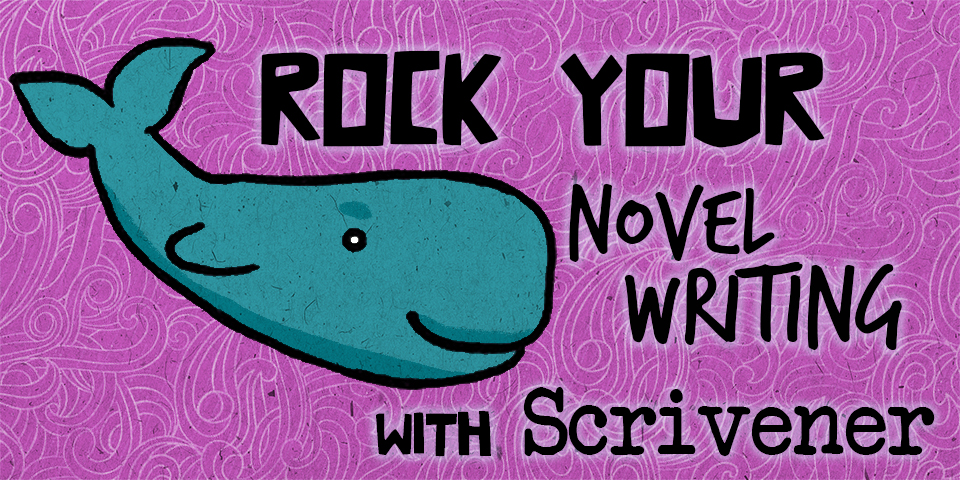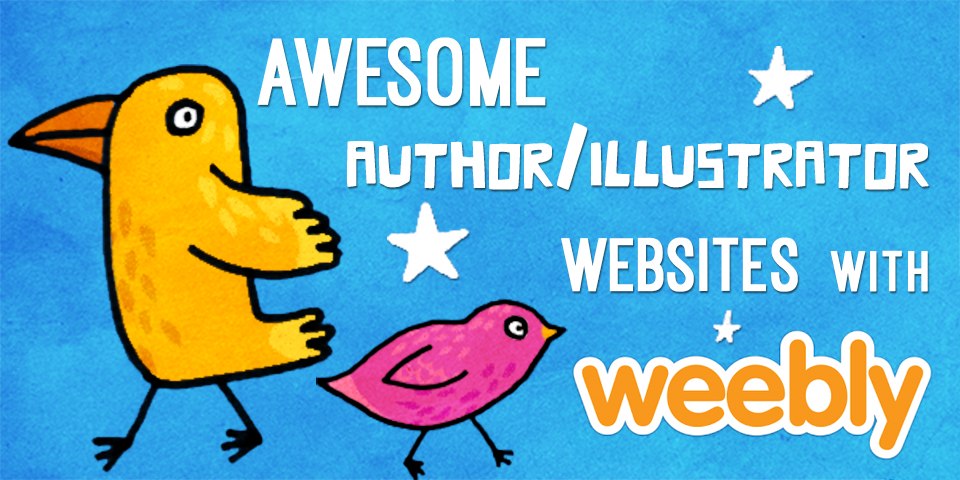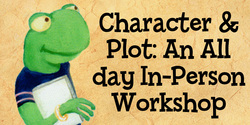|
If you are struggling to find TIME to write, or struggling to know WHAT to write, I invite you to TAKE FIVE. No, not a five-minute break to check facebook (because you know that’s never just five minutes…). Instead, commit to writing for five minutes a day, every day, no matter what. Some days you will write much more than that, but just commit to five minutes. If you have never tried writing furiously in five-minute spurts, you’ve gotta try it! Here’s a great exercise to get the juices flowing. Take Five: 1) Pick a topic. For example: summer. 2) Make a list of words related to that topic. Sample list: beaches, lakes, pools, rafts, rivers, boating, floating, sunscreen, sunglasses, towels, bathing suits, fireflies, watermelon, corn, hot dogs, apple pie, fireworks, water, swimming, freedom, vacation, picnics, campouts, campfires, s’mores, sand. (Not exhaustive, but you get the idea.) 3) Pick THREE of those words and write them at the top of your paper. You must use ONE of those three words as the FIRST word you use, and the next two words must be used in the first paragraph. 4) Set a timer for five minutes. 5) Now, “WRITE LIKE YOUR FINGERS ARE ON FIRE” (wisdom from Kathi Appelt). Don’t stop, and don’t edit, just write, write, write, until the timer goes off. If you like what you’ve written, by all means, continue. Or go back and edit. You can do this with any topic. Try picking a character from a manuscript you’re working on. List their qualities, possessions, traits etc. You’ll learn a lot about them, and possibly yourself, in the process. We have been doing this exercise each day at the WIFYR (Writing and Illustrating for Young Readers) conference that I am attending this week in Salt Lake City, UT (it is a phenomenal craft-focused conference held every summer). I signed up for Kathi Appelt’s picture book course (plus I get to attend lectures from other amazing authors every afternoon) and it has all been tremendous. This is just one tiny thing I’ve learned this week, but I have been amazed by the emotions, memories, and creative ideas that this simple exercise has elicited from those in our class. So if you’re feeling burned out, or you can’t imagine setting aside a huge amount of time to write every day, just TAKE FIVE! *Note: Kathi gives credit to Steve Harrison for originally coming up with this exercise. 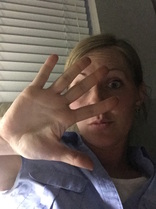 This post was written by Maria Oka, aspiring children's book writer, who also has amazing selfie skills.
4 Comments
The Stealers Wheel said it best. “Here I am, stuck in the middle with you…And I’m wondering what it is I should do.” Stuck in the Middle should be the official song of lamenting writers. Afterall, that’s how most of us feel as we slush through our book’s boggy middle. It’s often in the middle that a book loses its reader’s attention too. We don’t want that to happen. We want our reader to keep asking, “How will this turn out?” We want him to stay emotionally invested with our character’s problem to the very end? We want our middle to lead to an ending that gives emotional closure and answers the questions of how and why. Currently, I’m working on a picture book about a subject close to my heart – light pollution. It’s a serious topic, but I’m trying to make it palpable for young readers, adding in fun and excitement. I’ve tackled the fun and exciting part at the beginning; I think it’s working. I know what the basic ending will be and the exact last two lines. But I’m definitely stuck in the middle. I can stay stuck in the middle much too long. I wander around the house and make a cup of tea. I take walk after walk to clear my mind. I listen to an inspiring interview. I read about plot. Sometimes these things are helpful, but sometimes they simply keep me from doing the work. They keep me from answering the questions that will help me see a path through the bog more clearly. Yes, I’m talking about those basic “what if” questions and a few more. Beyond the “what if’s,” we must ask "who, what, how, when, where, and which". ?? ?? ?? “Who” – “Who is going to do what?” “What” – “What is the problem?” “How” – “How is my character going to resolve this problem?” “When” – “When is this going to happen?” “Where” – “Where is my character going to go?” “Which” – “Which of these possible scenes am I going to choose?” “Why” – “Why is this the right resolution?” You’ve heard it said that questions can be more important than answers. That could be true when figuring out your story and your plot. So let’s ask some more. Here are some starter questions to ask about your story. But these don’t just help with the beginning. They are questions that can lead you through your plot. ?? ?? ?? What happens first? Why does this happen? What is wrong? (Which is just a bit different than “What’s the problem?”) Now ask your main and secondary characters these questions: ?? ?? ?? Who are you? What do you need? What’s your problem? Do you have an enemy? Let’s look at Swim! Swim! by James Proimos and ask a few of these questions. “Who are you?” “Lerch the goldfish.” “What do you need?” “ A friend.” “What’s your problem?” “I’m lonely.” (Lerch says this on the very first page.) But Lerch’s problem escalates as he talks to pebbles, a plastic diver, and bubbles (Yes, Lerch lives in a fish bowl.) and it becomes clear that none of these will work as a friend. I took the time to ask myself all of the questions above for my light pollution story. Am I through the bog? Well, I'm not home yet, but some things were definitely illuminated (pun intended.) Approaching your story in different ways, both physically and mentally, is also helpful. Go ahead and type the story on your computer, then write it out in longhand. You’ll be using a different part of your brain and feeling things in a slightly different way. Then do a storyboard. That’s a different way of looking at the story too. Stand on your head and look at your story, if it helps! Each way can bring new ideas to your middle, and with perseverance and more questions, you will be stuck no more. (If you have tactics or other questions that help with plotting, please share.
Many editors, agents and art directors talk about putting emotion into illustrations. They want to "feel" what the character is feeling. We could also talk about feeling illustrations in a different way - by adding texture. Adding texture helps to avoid illustrations looking too flat. Some illustrators like Bob Shea and Mo Willems create illustrations that are flat in color with no shading or highlights, such as the Pigeon or Dinosaur books. But those flat illustrations work because of the type of characters they've created for simple texts for younger readers. For me, I like to get a sense that I can touch an illustration. Maybe it's because I'm drawn to pastel and charcoal drawings. Or perhaps it's my love for collage and using fabrics to create batiks or sew. I happen to be drawn toward things with patterns, brush strokes, or rougher edges. Again, all art is subjective, right?  Eric Carle is a great example of an illustrator who uses texture. He paints tissue paper and sometimes scratches into it or smears it to create different textural patterns. Then he cuts the paper to create bright, colorful collages. His style is very signature and recognizable. Eric Carle even inspired me to do a digital collage style where I paint tissue paper, scan it into my computer, and use the papers to fill in my sketch via Photoshop. I illustrated "The Hero in You" in this fashion. See more of my digital collage illustrations here. I also love to do batiks (wax resist and dye on fabric), and so I am currently working on an illustration style in this fashion. The crackling effect achieved from dye seeping into cracks in wax that was melted and painted on to fabric gives a unique sense of texture every time. See more of my batiks here.  One illustrator that embodies the idea of textures is Denise Fleming, who I will have the pleasure of hearing speak (and hopefully meeting) at the New Jersey SCBWI conference next week. She writes a lot of concept books as well as books with short, simple texts for young readers. Denise uses an amazing technique for illustrating books - she actually makes her illustrations out of paper pulp! First she comes up with rough sketches. Then she creates her own stencils out of Styrofoam trays and pushes paper pulp through a screen. She then has to remove the moisture from the paper by using a machine that sucks the water out of it. 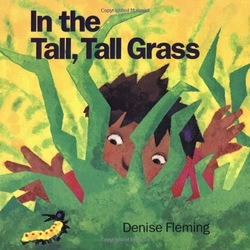 I can't do the explanation justice, so here is a video on YouTube of her talking about her process. It's incredible how many steps are involved and just how beautiful her pieces come out. And it's amazing to me how she manages to have effective compositions and perspectives while using this very complicated but magical illustrating technique. There's no one else in children's books who does illustrations like Denise and I hope she continues making wonderful books for many more years to come. Here are some more examples of her amazing work. The next time you're looking to read a book with your children or students, consider choosing one of Denise Fleming's books. Study her layouts, her perspectives, her color choices, and her texture. I think you'll find yourself choosing more than one of her books to read and study!  Angela Padron is a published illustrator of two books, including "The Hero in You" by Ellis Paul, as well as a Star Wars geek and chocolate chip cookie connoisseur. She also writes and illustrates her own picture books, board books, and chapter books. She is a teacher, a freelance writer and editor for educational publishers, and the new Children's Alley coordinator for the international Miami Book Fair. Angela spends weekends enjoying walks along the beach with her family. View her online portfolio at www.angelapadron.com. You can also "like" her facebook page, follow her on Twitter @angela_padron, and follow her own blog called "Show and Tell" with weekly posts about reading, writing and illustrating books for children. |
Meet the Friday Blogonauts
First Fridays will feature Bryan Patrick Avery, published writer , man of mystery, and professional magician among other things.
Second Fridays will feature awesome multi-award winning author Marsha Diane Arnold who will be writing about character-driven and/or nature-based books and/or anything she likes :) Third Fridays will feature independent Aladdin/Simon & Shuster editor Emma Sector who has helped bring many books into the world. Fourth Fridays will feature the great Christine Taylor-Butler who has published over 70 award-winning fiction and non-fiction and nonfiction books including the acclaimed new middle grade series - The Lost Tribes. Fifth Fridays will feature the fabulous Carl Angel award-winning multi-published Illustrator and graphic designer. Join our Tribe
and receive 7 Steps to Creative Happiness, access to free webinars, and lots more!
Your email addresses are always safe and respected with us. Follow our Blog!
Archives
January 2019
Categories
All
|
|
Discover
|
About Us
|
Join Us
Join our Community and receive a fabulous free gift, KidLit tips, newsletters, scholarship info, contests, and more!
Join our KidLit Mentorship |
Social Media
Interact with our FaceBook Group or follow us on:
|
© 2010-2024 All content on this website is copyrighted. Sorry, all courses are non-refundable.
